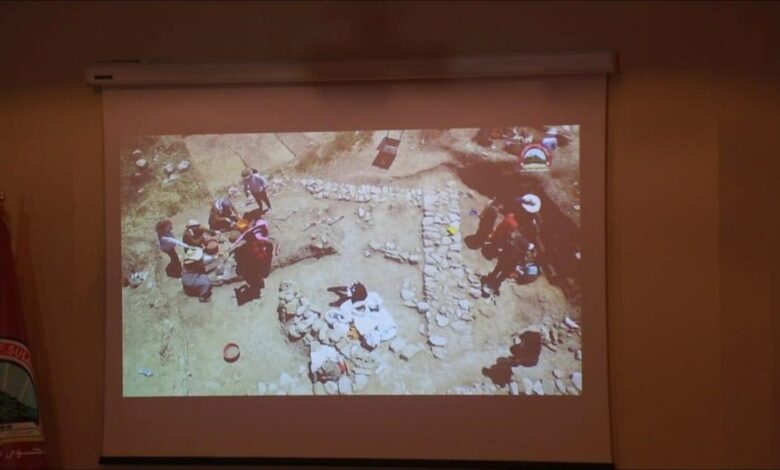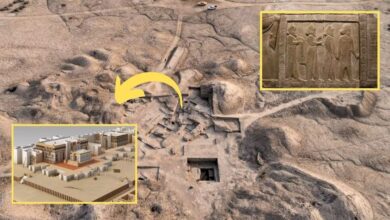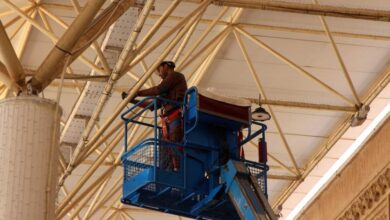
The University of Sulaymaniyah has announced the discovery of an ancient palace dating back more than 3,500 years, belonging to peoples who once lived in the city.
Dr. Dilshad Zamua, the head of the excavation team, stated in a press release followed by Shia Waves Agency that a team of professors and students from the College of Humanities at the University of Sulaymaniyah succeeded in discovering an ancient archaeological site that will change the history of Sulaymaniyah.
He added that over seven years, the excavation team managed to uncover an ancient palace over 3,500 years old, belonging to the Lullubi people.
The palace features urban and religious landmarks, including a throne room, storage rooms, and tablets inscribed with cuneiform script containing religious and economic texts. Additionally, political and religious seals were found at the site.
He pointed out that the Lullubi people are among the oldest peoples in the region, known for their cuneiform texts, and lived in Iraq alongside the Sumerians and Assyrians.
Regarding the palace’s location, Dr. Dilshad confirmed that it is situated on the banks of the Sarchinar River in an area where roads and mountain passes converge.
Historical sources indicate that the name Lullubi (in Akkadian, Lu-lu-bi) appeared in cuneiform texts as Lulubi, Lulumi, or Lulubum. They were a group of ancient tribes that inhabited ancient Iran before the Aryans during the third millennium BCE, in an area known as Lulubum.
This area lies between the Zagros Mountains in Shahrizor (Sulaymaniyah Province, Iraq) and Kermanshah Province in Iran. The Lullubis were neighbors and sometimes allies of the Kingdom of Simurrum.





